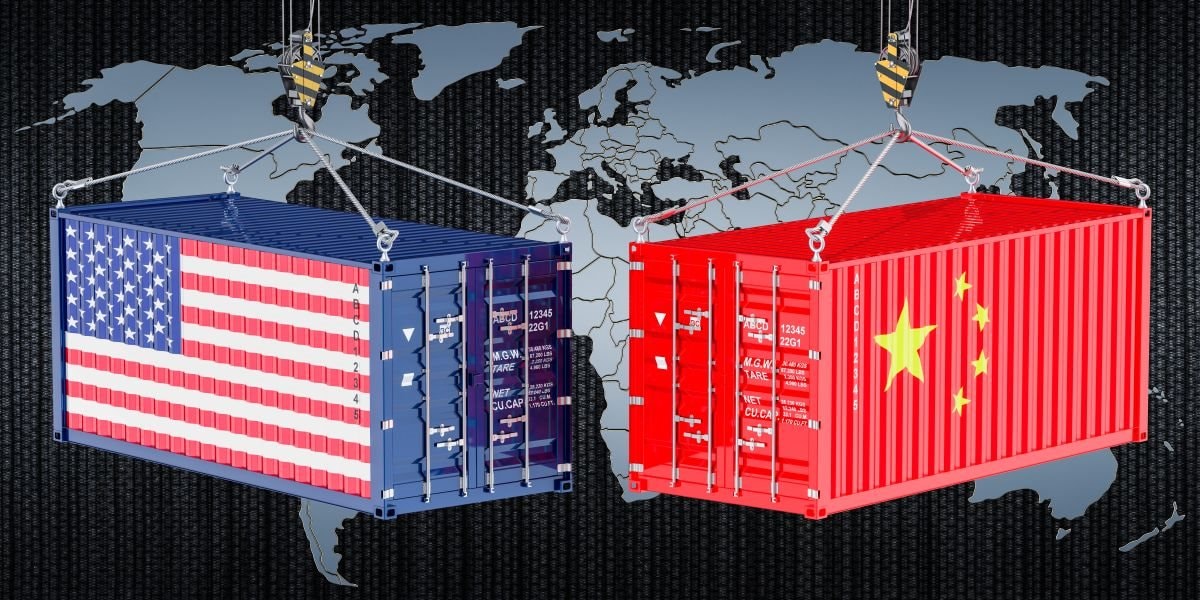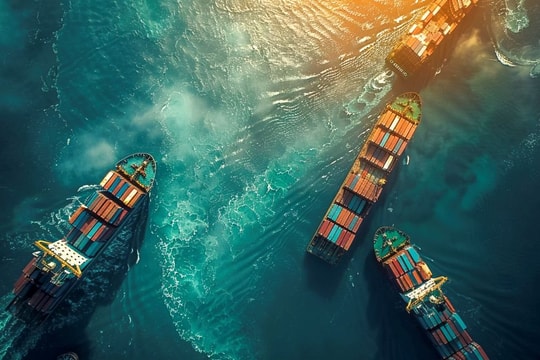
The challenges arising from tariff policy changes, shifts in trade regulations, and supply chain disruptions have not only created difficulties but also opened up significant opportunities for other countries in the region. This situation has forced companies to restructure their operations to adapt to the new environment, optimize their supply chains, and mitigate risks.
Impact of the Trade War on the Asian Supply Chain
The trade war between major powers like the US and China has caused widespread disruption in global supply chains. China, as the "world’s factory," has been hit hard by the US imposing high tariffs on Chinese goods. This has not only affected China’s production but also forced many countries in Southeast Asia to change their production and logistics strategies to maintain economic stability.
In particular, Vietnam has become an alternative manufacturing hub to China, as multinational companies are shifting production to countries with lower costs and less impact from the trade war.
According to a report by SCMR, large companies like Samsung, LG, and Apple have heavily invested in Vietnam in recent years, hoping to reduce reliance on the Chinese market. However, Vietnam is not immune to the negative impacts of the trade war, especially as trade agreements with the US require countries in the region to reduce dependence on technologies and components sourced from China.
India, although not directly affected by US tariffs, has been able to take advantage of the trade war. India has seen an increase in foreign investment, particularly in sectors such as electronics and textiles. Companies have turned to India to mitigate risks from excessive dependence on China. India is seizing this opportunity to improve its infrastructure, expand industrial zones, and develop smart logistics and supply chains.

Shifting Production and Changing Logistics Routes
To cope with disruptions in supply chains, countries in the region have quickly adjusted their production and logistics strategies. One notable strategy is shifting production, particularly from China to other Southeast Asian countries. This strategy, known as "China + One," is being adopted by many companies to reduce risks and ensure continuity in their supply chains.
In addition to shifting manufacturing plants, companies have also had to change logistics routes to adapt to the changing trade environment. Modifying transport routes to avoid paths affected by tariffs or geopolitical tensions has helped reduce delivery time and shipping costs. However, this has also forced companies to face increased operational costs, especially as fuel prices rise and international shipping routes experience disruptions.
Companies have also had to shift their transportation methods, switching from sea freight to air or land transport, especially for goods that need to be delivered quickly. While this reduces delivery time, it also increases transportation costs, reducing the competitiveness of businesses in the region.
Opportunities for Smaller Countries in the Region
While the trade war has created many difficulties for large economies in the region, it has opened up opportunities for smaller countries in Southeast Asia. Countries like Vietnam, Malaysia, and Thailand can seize the opportunity from the shift in supply chains to enhance their roles in the global supply system. Improving infrastructure, especially ports, airports, and highways, will help these countries attract more investment and increase exports.
Governments in these countries are also pushing for institutional reforms, simplifying administrative procedures, and improving the investment climate to attract foreign companies. This will help these smaller countries strengthen their position in the global supply chain and become attractive destinations for businesses seeking to reduce risks from the trade war.

Restructuring Supply Chains in the Geopolitical Context
The trade war between major economies is not only a challenge but also an opportunity for countries in Southeast Asia to restructure their supply chains. Countries like Vietnam, Thailand, and Malaysia are emerging as bright spots in global supply chains due to their proactive adaptation and strategy changes. However, to fully capitalize on this opportunity, countries need to improve infrastructure, enhance human resources, and create a favorable legal environment to attract more international investment.
Only when countries in Southeast Asia continue to maintain flexibility and proactivity in managing their supply chains will they be able to confidently face the challenges posed by the trade war and develop sustainably in the future.




.jpg)


.jpg)
.png)

.png)
.png)



.png)





